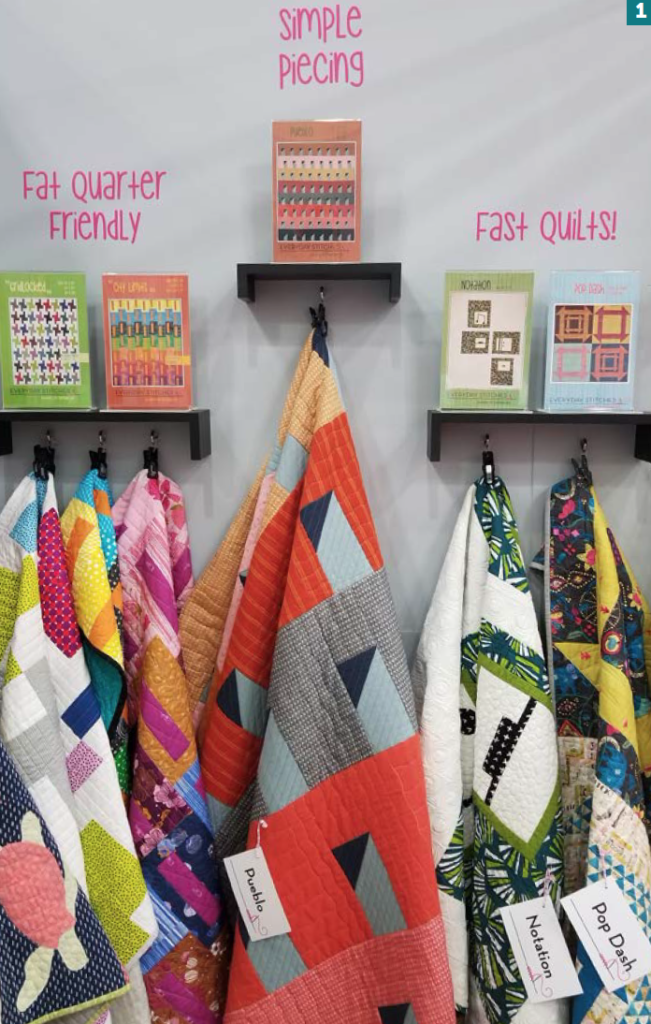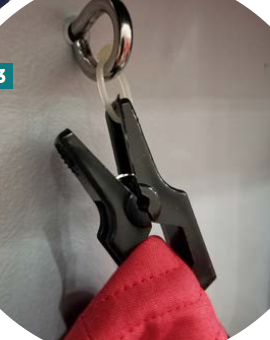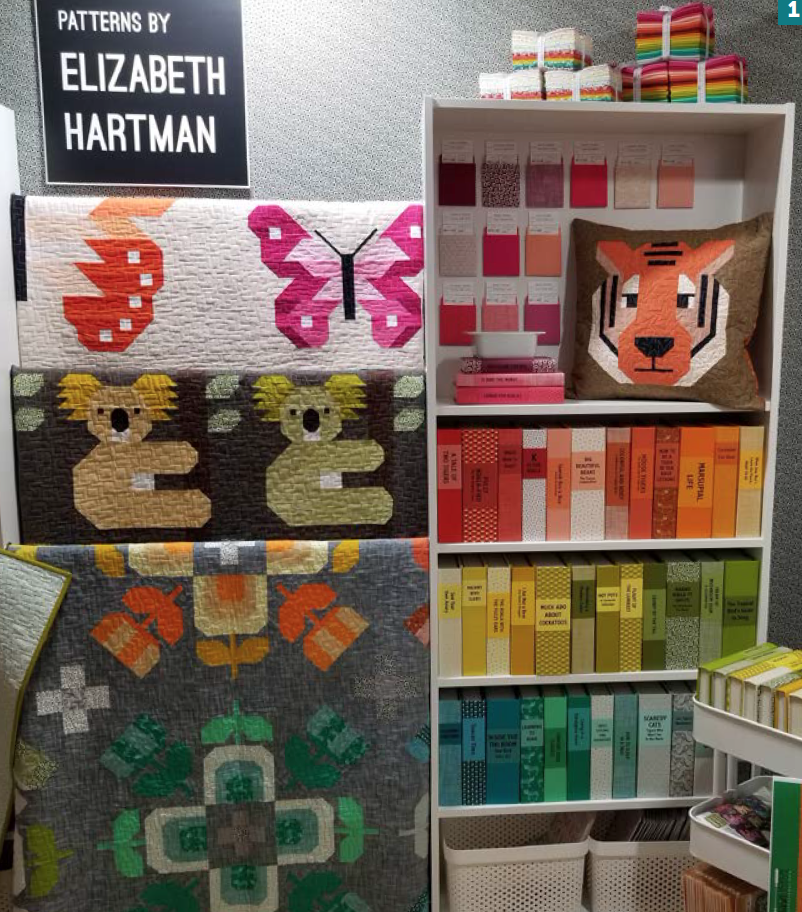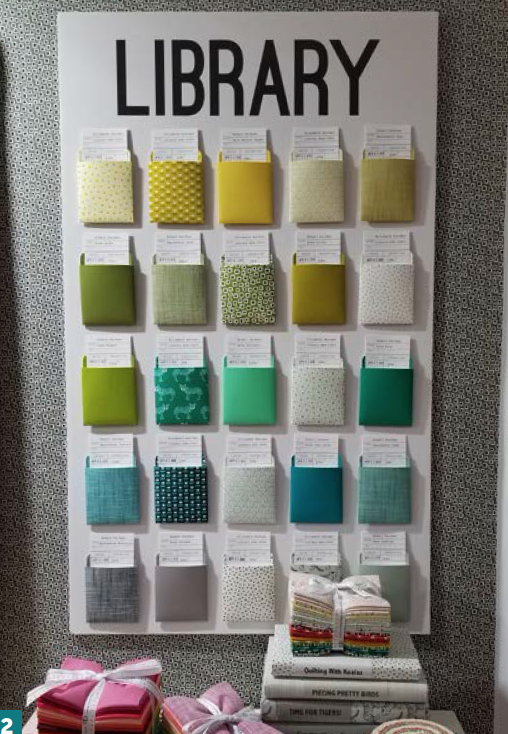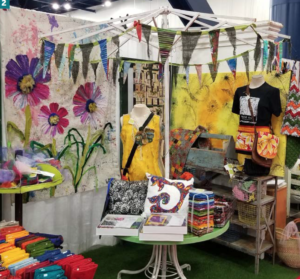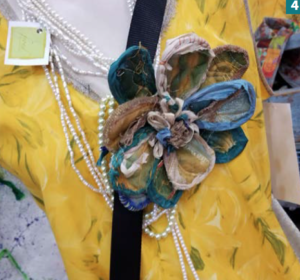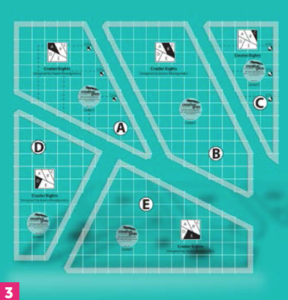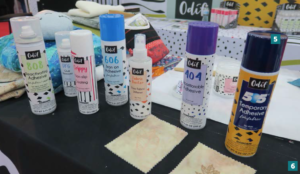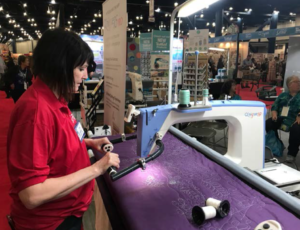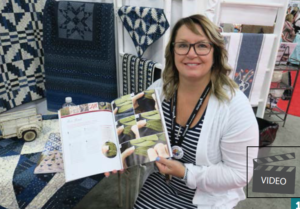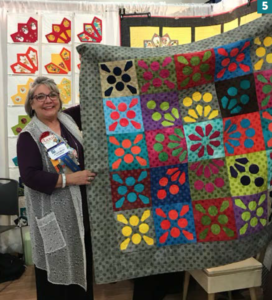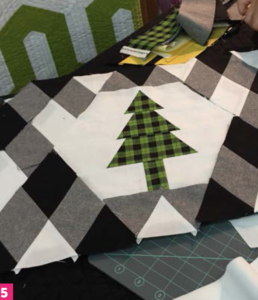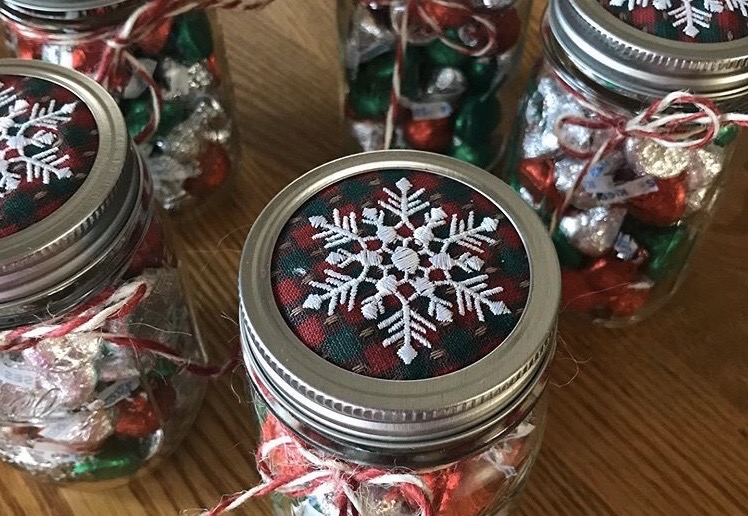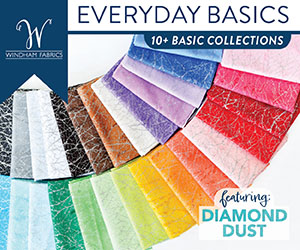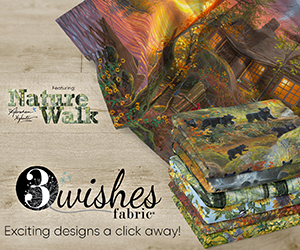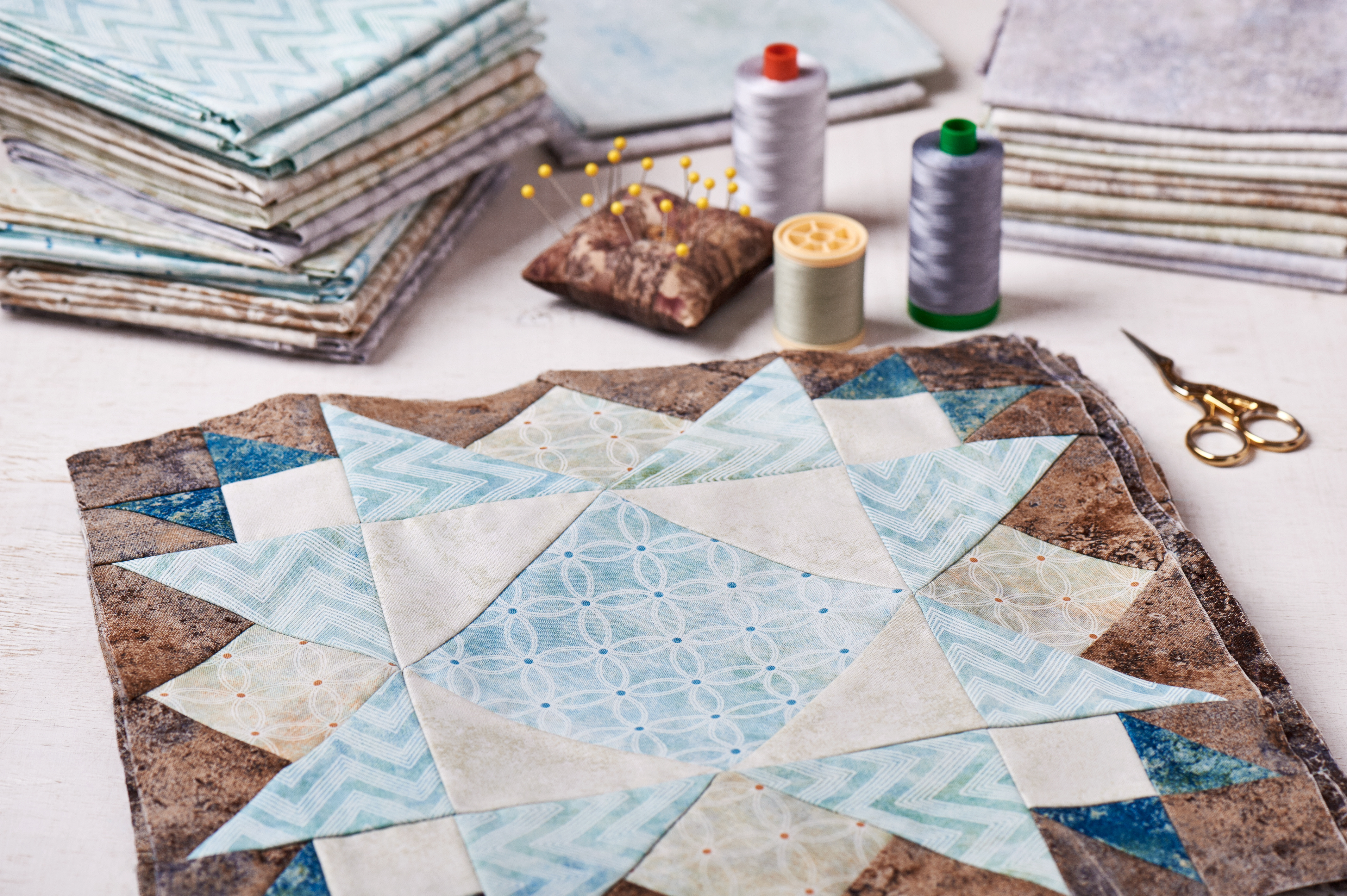
Have you ever heard of the Dollar Shave Club? The company, which provides affordable razors for a monthly fee, was so successful, that is was purchased by Unilever for $1 billion in 2016.
What does this have to do with quilt shops? Regardless of the service you’re selling, you can use Dollar Shave Club’s strategy to bring in a reliable monthly income.
This is referred as Monthly Recurring Revenue, or MRR—a standardized measure of a business’s anticipated revenue that it expects to earn each month, or income you can expect to earn on a regular basis.
A great way to get MRR is to offer a Block of the Month (BOM) program. Here’s an example of how it would work: customers would sign up to receive a $20 kit each month to help them complete a quilt. If you had 10 customers sign up at $200 per month, you could expect to bring in $2400 each year.
Why MRR Matters
According to Dan Tyre, sales director at HubSpot
“MRR is the most important metric for financial growth. There are other important metrics like growth rate, retention, average sales price, and rep productivity, but at the end of the day, the most important metric is the amount of monthly recurring revenue customers are willing to put on their credit card or pay through an invoice.”
Now that we know the importance of the MRR metric, let’s discuss the major business benefits it offers:
1. It’s Stable & Predictable
“The recurring monthly revenue model provides an easy way for your business to forecast its future cash flows and budget,” says Practice Ignition.
The traditional time-based model isn’t predictable—the only way you can look is backward. With MRR, however, you can control and plan for your business’s future growth.
2. It Helps Your Company Budget
It’s challenging to run a successful business without a steady income stream. MRR tells you how much money is coming in each month that can be used for expenses and/or reinvestments.
3. It Promotes Better Customer Relationships
Customers on a monthly payment plan will be more loyal than those who own the equipment you sold them, suggests GreatAmerica. When you bring in recurring revenue, you have better positioning with your customers.
Instead of trying to convince them to purchase another product or service, the purchase is already built in with monthly recurring payments. That frees you up to put all your focus and energy into adding value to your services and their business, helping to foster positive, long-term relationships.
Additionally, BOM programs are positioned to help your customers succeed at quilting by getting them started and helping them plan their sewing time and budget. It also allows them to focus on one small quilt section at a time, promoting consistent progress.
Set Up Your Own Monthly Recurring Revenue System
If you’re wondering how you can set up your own MRR system, we’ve got the solution for you. Like Sew is an all-in-one cloud-based POS and Website system that offers an easy-to-manage subscriptions tool that allows you to sell and manage block of the month memberships, fulfill orders, and automatically bill your customers right from your POS system.
Everything is integrated and all in one place. Simply set up your subscription plan, then sit back and watch it bring in a stable monthly recurring revenue that helps you budget more efficiently and build better customer relationships.
An MRR is simply a better way to think about doing business, and getting your clients on board with your block of the month program will provide you with the predictability and budget necessary to scale your business.
If you’re looking for more information to guide you in owning a retail business, subscribe to American Quilt Retailer today. Already a subscriber? No worries—join our Facebook group for insights and dialogue from industry specialists like you.





